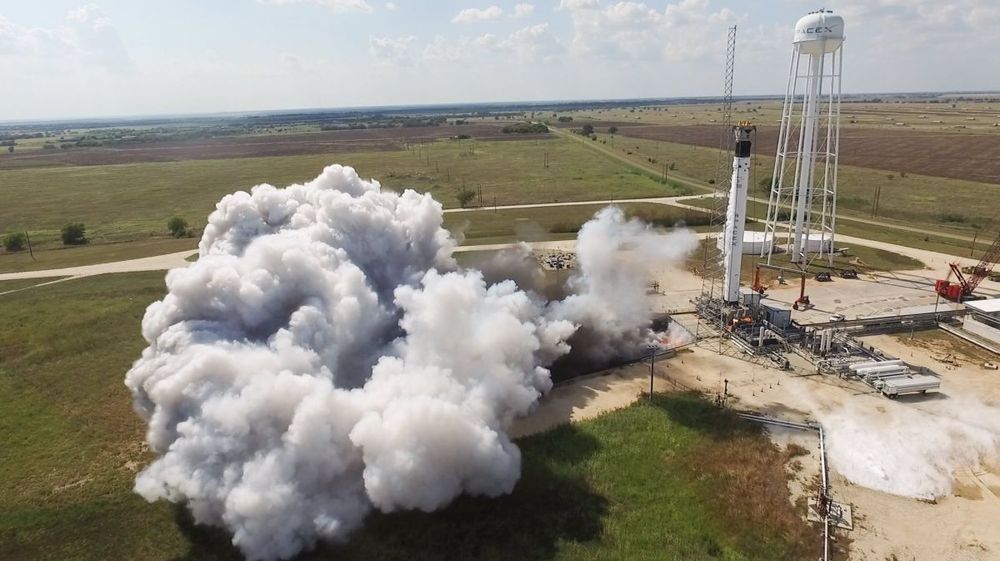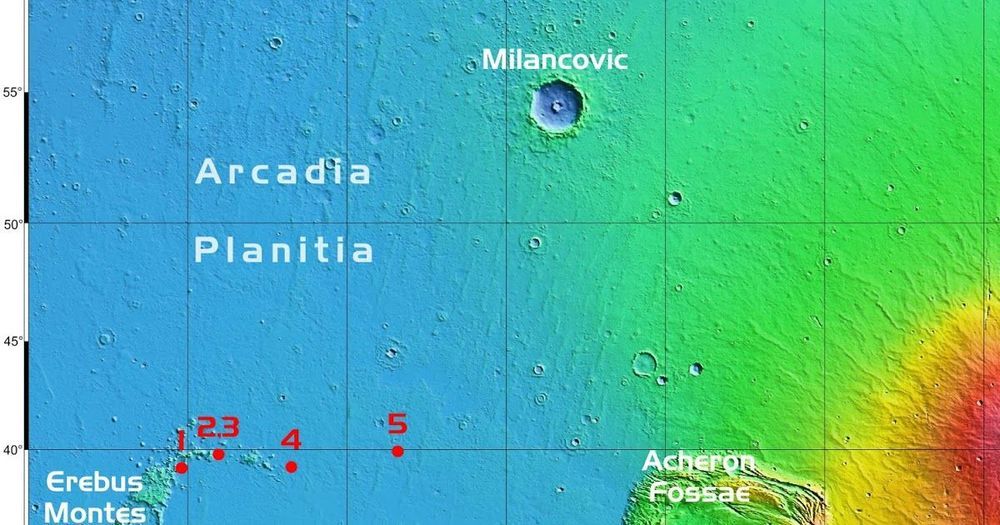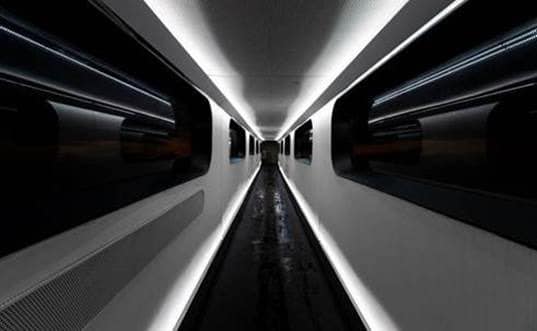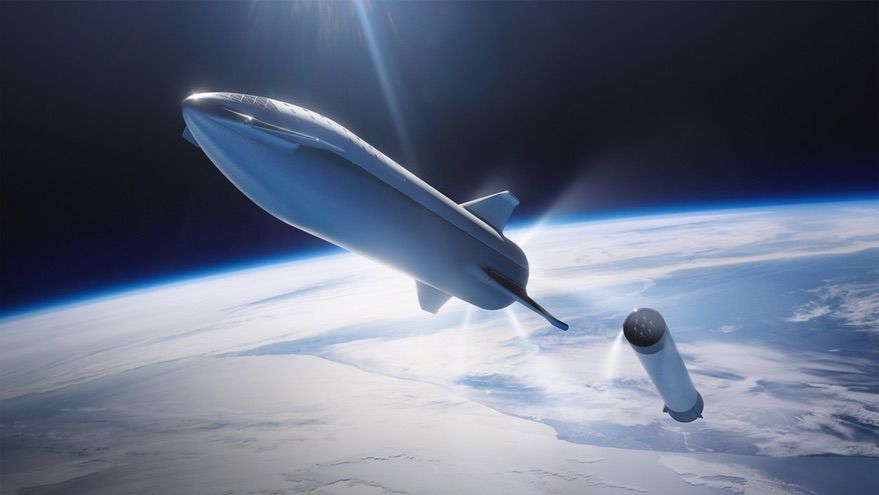X conducted a static-fire test Thursday (Aug. 29) of the Falcon 9 rocket that will send two NASA astronauts to the International Space Station in the near future.



“Over decades, both military and space programs all around the world have known the negative impact of radiation on semiconductor-based electronics,” says Meyya Meyyappan, Chief Scientist for Exploration Technology at the Center for Nanotechnology, at NASA’s Ames Research Center. What has changed with the push towards nanoscale feature sizes is that terrestrial levels of radiation can now also cause problems that had previously primarily concerned applications in space and defence. Packaging contaminants can cause alpha radiation that create rogue electron-hole pairs, and even the ambient terrestrial neutron flux at sea level – around 20 cm−2 h−1 – can have adverse implications for nanoscale devices.
Fortunately work to produce radiation-hardy electronics has been underway for some time at NASA, where space mission electronics are particularly prone to radiation exposure and cumbersome radiation shielding comes with a particularly costly load penalty. Vacuum electronics systems, the precursors to today’s silicon world, are actually immune to radiation damage. Alongside Jin-Woo Han and colleagues Myeong-Lok Seol, Dong-Il Moon and Gary Hunter at Ames and NASA’s Glenn Research Centre, Meyyappan has been working towards a renaissance of the old technology with a nano makeover.
In a recent Nature Electronics article, they report how with device structure innovations and a new material platform they can demonstrate nanoscale vacuum channel transistors that compete with solid-state system responses while proving impervious to radiation exposure.

What happens when you combine a Tesla pickup truck with a bit of off-road SpaceX flair? The answer is in this Tesla truck render.
If the render looks familiar it’s because we’ve seen a similar Tesla truck render from the same render artist before. However, this SpaceX off-road version didn’t register on our radar the first time around.
Falcon 9 uses blasts of pressurized Nitrogen to orientate, guide and correct itself during the descent and reentry phase of the first stage.

This is interesting because it has today type applications, but I wonder, what about a 3D printed body? Remember the movie Starship Troopers when they repaired that guy’s leg in the water tank thing? I’ve seen similar devices in other movies. Could be easier than removing the head completely and safer, when the ability to print human tissues is feasible.
GUYS HOPE YOU LIKE THE VIDEO PLEASE LIKE AND SUBSCRIBE TO MY CHANNEL AND HIT THE BELL ICON.
And if you have any question related to the video then please comment down below.

This year marks the 50th anniversary of one of the most pivotal moments in human history. Stepping onto the moon, Neil Armstrong in 1969 uttered those now infamous words: “That’s one small step for man, one giant leap for mankind.”
The next fifty years did not see space travel become routine, with many coming to believe that NASA is just too slow. But space-related research and innovation are enjoying a new revival, inspired by SpaceX, Blue Origin, Virgin Galactic, and other private firms that are making commercial space travel a reality. Along with rockets, hundreds of companies across the world are working feverishly toward developing infrastructure for space tourism, novel methods of growing food off-Earth, and sustainable building materials, to name only a few. All this with a tantalizing goal: to open up other planets and extraterrestrial bodies for exploration — and perhaps even residence — by everyone, not just astronauts.
Such work has not only moved us closer to our goal of one day living and playing off-Earth, but has also benefited our lives right here, right now. Scratch-proof glass, some biopharmaceuticals, and GPS navigation all derive from space-based research. The innovation happening today is incredibly exciting, and the future possibilities are seemingly endless. Here are five companies working on technologies that can help us thrive both on- and off-Earth.
There’s been a lot of traffic coming and going around the International Space Station. 🚀 This week, an uncrewed Soyuz spacecraft successfully docked to our orbiting laboratory on its second attempt and a SpaceX cargo craft departed with approximately 3,300 pounds of science. Watch the latest episode of #SpaceToGround for more:


WASHINGTON — SpaceX plans to build facilities at the Kennedy Space Center’s Launch Complex 39A for launches and, eventually, landings of its next-generation launch vehicle, according to a newly released report.
An environment assessment prepared by SpaceX, and released by NASA Aug. 1, discusses plans to develop additional facilities at LC-39A, which currently hosts Falcon 9 and Falcon Heavy launches, for use by the company’s Starship vehicle and its Super Heavy booster.
The plans outlined in the document call for the construction of a new launch mount at the complex near the existing one used by the Falcon 9 and Heavy. The modifications to the pad would also include a tank farm for the methane fuel used by the Raptor engines that power Starship and Super Heavy.